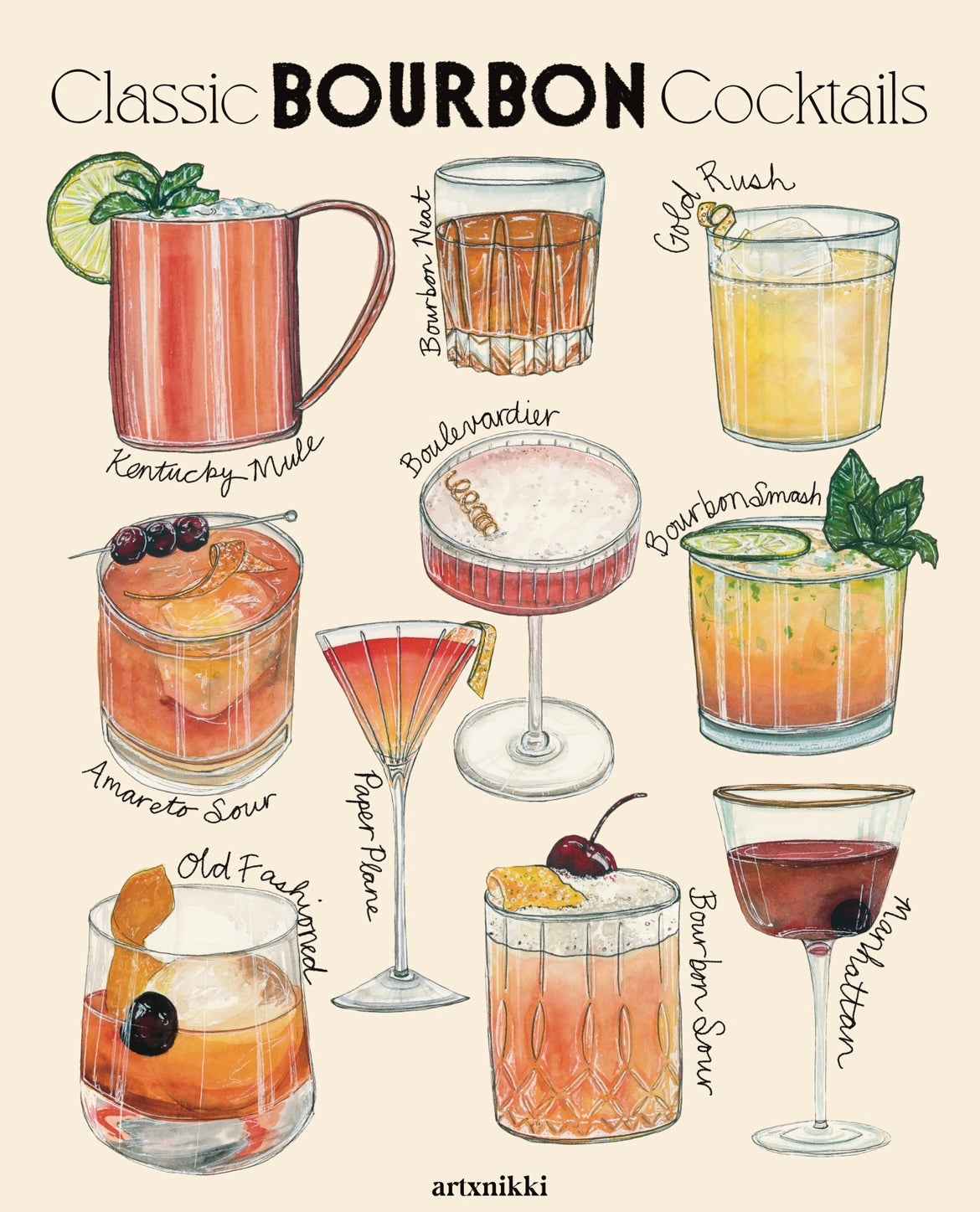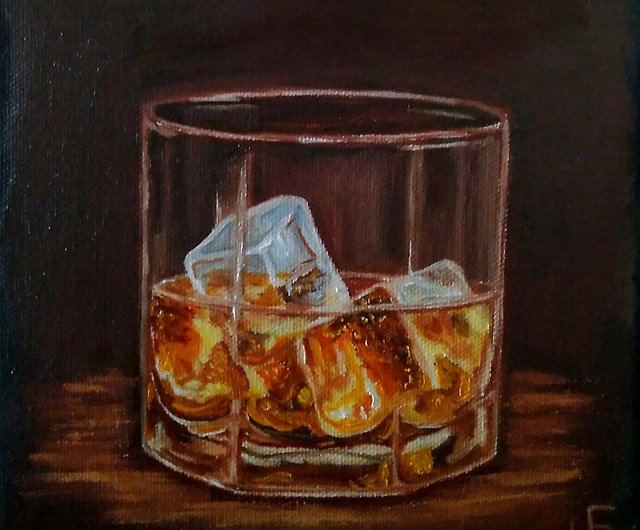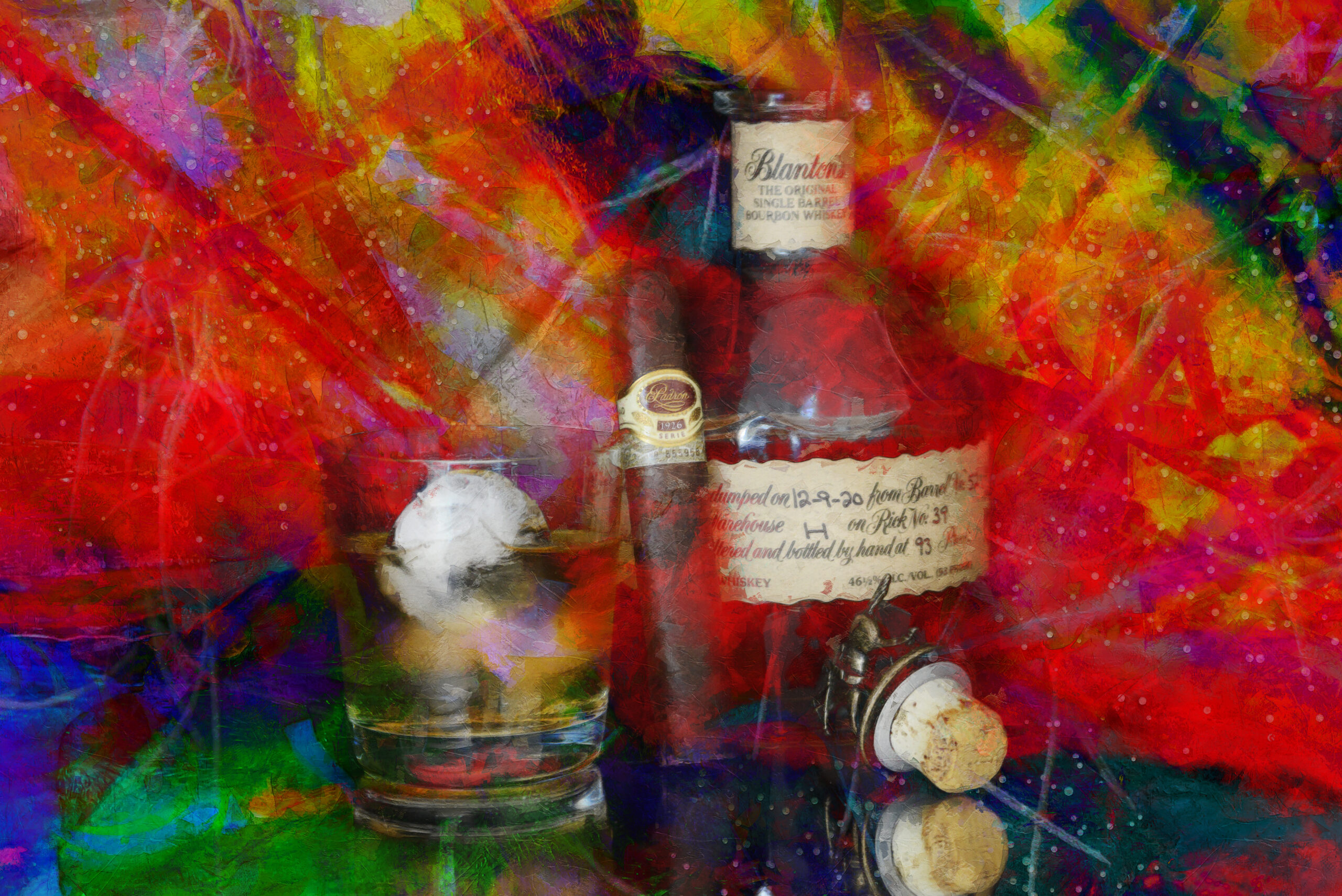Realism Art in the Whiskey Market: Portraying Moments of Purification
Realism Art in the Whiskey Market: Portraying Moments of Purification
Blog Article
The Importance of Whiskey Art in Celebrating Heritage and Craftsmanship in the Beverage Sector
The intricate relationship in between bourbon art and the party of heritage and workmanship within the drink market can not be overstated. Through attentively made tags and containers, whiskey brand names envelop their historical roots and the artisanal skills that specify their manufacturing techniques. This artistic dimension not just improves market charm but additionally acts as a channel for cultural storytelling, cultivating a much deeper connection in between the customer and the craft. As we explore the numerous aspects of this topic, intriguing inquiries regarding the impact of modern-day patterns on conventional practices emerge, triggering further exam.
The Historical Origins of Whiskey
At the heart of bourbon's attraction lies an abundant tapestry of historical roots that map back to ancient human beings. The origins of scotch can be linked to the distillation techniques of the Sumerians and Babylonians around 2000 BCE, where early kinds of fermented grain beverages began to arise. However, it remained in the Center Ages that the art of distillation advanced considerably, specifically in Ireland and Scotland, leading to the production of whiskey as we understand it today.
The term "scotch" itself obtains from the Gaelic word "uisce beatha," suggesting "water of life." This phrase underscores the cultural relevance of bourbon in Celtic societies, where it was typically connected with routines, parties, and communal bonding. By the 15th century, distillation came to be a recognized craft within reclusive communities, leading the method for the facility of legal distilleries.
As profession routes expanded, scotch's popularity expanded, going beyond regional limits and recording the passion of connoisseurs worldwide. Whiskey Art. This historical journey shows not only the craftsmanship behind scotch production however likewise its important duty in social and social contexts, noting it as a substantial drink throughout background
Artistic Expression in Branding
Scotch branding stands as a compelling crossway of creativity and commerce, where visual identity plays an essential role in shaping customer assumption. The aesthetics of whiskey tags, product packaging, and advertising and marketing products show not only the brand's tale however likewise its core values and heritage. Through imaginative expression, distilleries share a story that resonates with consumers, stimulating feelings and stimulating connections.
The usage of color, typography, and imagery in branding offers to distinguish items in a saturated market. For instance, conventional concepts may stimulate a sense of credibility and workmanship, while modern styles can represent technology and forward-thinking. This strategic creative instructions improves brand name recognition and commitment, allowing consumers to build a personal connection with the bourbon they select.
In addition, artistic expression in branding usually acts as an event of local heritage. Distilleries frequently integrate neighborhood symbols or historic referrals into their styles, developing a sense of place that welcomes customers to take part in a wider social experience. Inevitably, the artistry behind scotch branding not just boosts visual appeal however additionally improves the overall narrative of the brand, promoting a much deeper appreciation for the workmanship and heritage embedded in each bottle.
Craftsmanship in Container Style
The artistry apparent in bourbon branding prolongs past visual identity to incorporate the workmanship associated with bottle design. Each container functions as a vessel not just for the spirit within, but likewise for the tale it tells concerning its origin, practice, and high quality. The style process needs precise interest to detail, as elements such as closure, material, and shape add significantly to the total assumption of the bourbon.
Workmanship in bottle design entails picking high-grade glass that can improve the scotch's color and quality, while additionally supplying a tactile experience for the consumer. The shape of the bottle should be both visually appealing and useful, commonly showing the heritage of the brand. Several distilleries choose for unique forms or embossed logos that stimulate a sense of credibility and history.
Moreover, the tag design and typography play a crucial duty in interacting the brand name's narrative. Bourbon Art. A well-crafted container not only astounds the consumer's eye yet also enhances the brand's dedication to high quality and practice. By doing this, the craftsmanship of bottle layout ends up being a vital element of the bourbon experience, merging virtuosity with a profound regard for heritage
Cultural Relevance of Whiskey Art
Celebrating practice and craftsmanship, the social significance of scotch art goes beyond mere appearances, intertwining Find Out More with the social and historic narratives of the areas where it originates. Each bottle works as a canvas, depicting the special tales, folklore, and customs that have actually formed local whiskey-making methods. The detailed designs typically mirror the heritage of the distillers, incorporating signs and concepts that click resources reverberate with the culture and values of their neighborhoods.

Furthermore, scotch art plays a vital function in public events and parties, working as a substantial link between individuals and their shared experiences. By appreciating the creativity in bourbon packaging, customers grow a deeper understanding and respect for the craft, inevitably enriching their pleasure of the drink itself.
Modern Trends in Whiskey Presentation
In recent times, the presentation of scotch has actually evolved to reflect modern preferences and trends while still honoring standard workmanship - Whiskey Art. Distilleries are progressively concentrating on visual aspects that boost the total drinking experience, bridging the space in between heritage and modernity
Cutting-edge bottle designs have arised, usually incorporating sustainable materials and creative tags that inform engaging tales. Several brands now collaborate with regional artists, infusing their products with special aesthetic expressions that reverberate with customers. In addition, limited-edition launches are usually packaged in collectible containers, including worth and allure for aficionados.

Conclusion
In final thought, scotch art serves as an important channel for revealing the heritage and craftsmanship fundamental in the beverage industry. Through intricate branding, innovative container layouts, and culturally considerable creative components, whiskey brand names properly recognize their traditions and link with customers.


Craftsmanship in bottle layout involves choosing top quality glass that can improve the whiskey's color and quality, while also supplying a tactile experience for the customer. In this means, the craftsmanship of container layout ends up being a vital aspect of the whiskey experience, combining virtuosity with a profound regard for heritage.
In verdict, scotch art offers as a vital avenue for expressing the heritage and workmanship inherent in the beverage sector.
Report this page